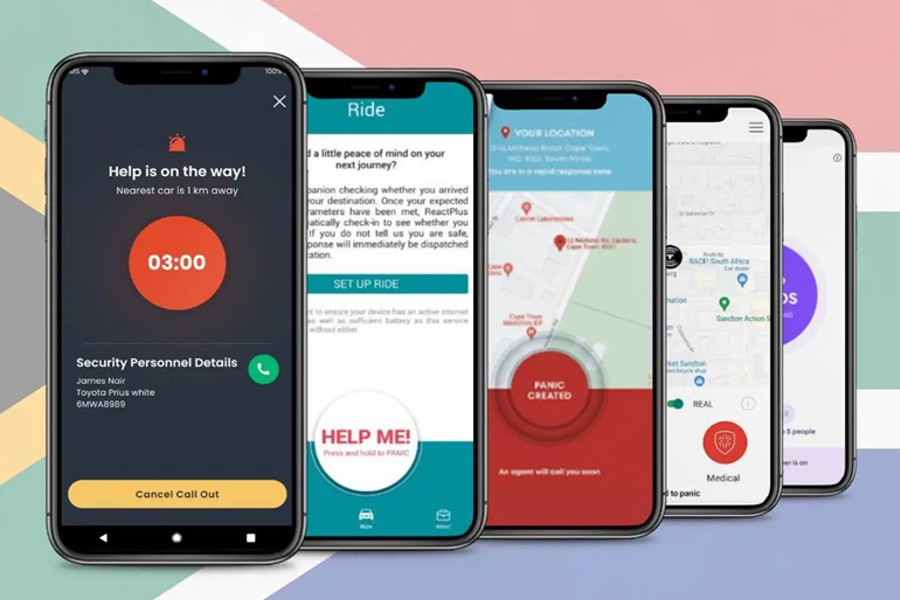
In marketing and sales, progressive profiling is a method for collecting more in-depth information over time about a customer or prospect.
As the customer interacts with the business, additional data points are gradually and non-intrusively collected through forms or surveys. The objective is to create a customer profile that is complete and accurate. This profile can be used to personalize communications and offers and enhance the customer experience as a whole. Lead scoring, which assigns a numerical value to a lead based on how well they match the ideal customer profile and how engaged they are with the company, is typically used in conjunction with progressive profiling.
The How
The process of progressive profiling typically involves the following steps:
Step 1. The initial collection of data: Customers and prospects are typically required to provide some fundamental information the first time they interact with the business, such as their name, email address, and possibly their industry or job title.
Step 2. Subsequent interactions: Forms or surveys are used to collect additional data points as the customer continues to interact with the business. This non-intrusive information is typically tailored to the requirements and interests of the customer.
Step 3. Analysis of data: The collected data are then analyzed to create a customer profile that is more comprehensive and precise. Improve the overall customer experience by personalizing communications and offers with this profile.
Step 4. Scores for leads: A lead is also given a numerical value based on how well they fit the ideal customer profile and how engaged they are with the company using the collected data.
Step 5. Direct, one-on-one communication: The company uses the data it collects to make personalized offers and communications, which can help make customers more engaged and convert more sales.
Step 6. Repeat: As the customer continues to interact with the business, additional data are gathered, the customer profile is refined, and personalized communication is improved.
Customers should be informed about the collection and use of their data, and progressive profiling should be carried out in accordance with GDPR and other data protection regulations.
The Why
In marketing and sales, progressive profiling is a method for gradually gathering more in-depth information about a lead or customer. Progressive profiling has the following advantages:
Enhanced individualization: It becomes simpler to tailor messages and offers to an individual’s specific requirements and interests as more data is gathered.
Increased rates of conversion: Progressive profiling has the potential to boost engagement and conversion rates by providing content that is more personalized and relevant.
Improved lead scoring: It becomes easier to score leads based on their level of engagement and readiness to buy as more information is gathered.
Better utilization of resources: Marketers can focus on the most valuable leads and customers with progressive profiling instead of wasting time and resources on those who are less likely to convert.
Improved understanding of customer behavior: Using progressive profiling, you can learn a lot about your customer’s behavior and how they interact with your brand.
Considering the easy albeit continuous process and numerous benefits of Progressive Profiling, it can be understood why in the marketing galore, everybody seems to be interested in adopting the trend. Modern marketing Automation Tools such as Marketing Hub Hubspot increasingly use Progressive profiling. The most important takeaway is that No one likes to fill out lengthy forms.
Become a Harlem Insider!
By submitting this form, you are consenting to receive marketing emails from: . You can revoke your consent to receive emails at any time by using the SafeUnsubscribe® link, found at the bottom of every email. Emails are serviced by Constant Contact








